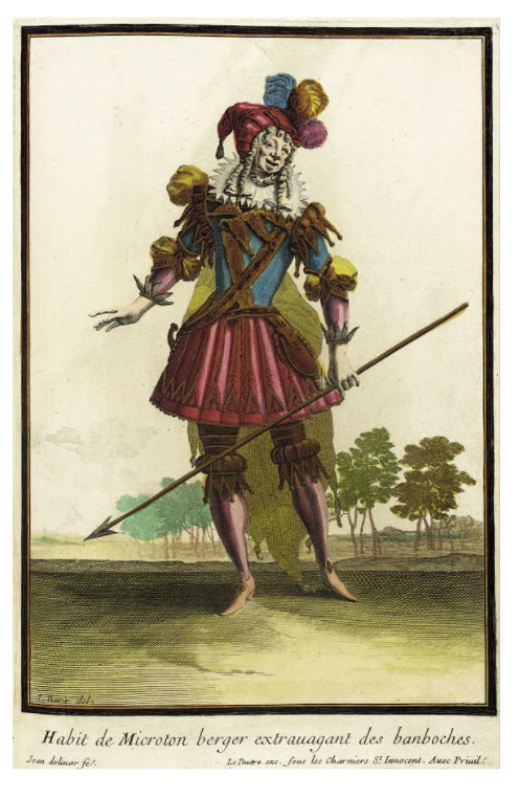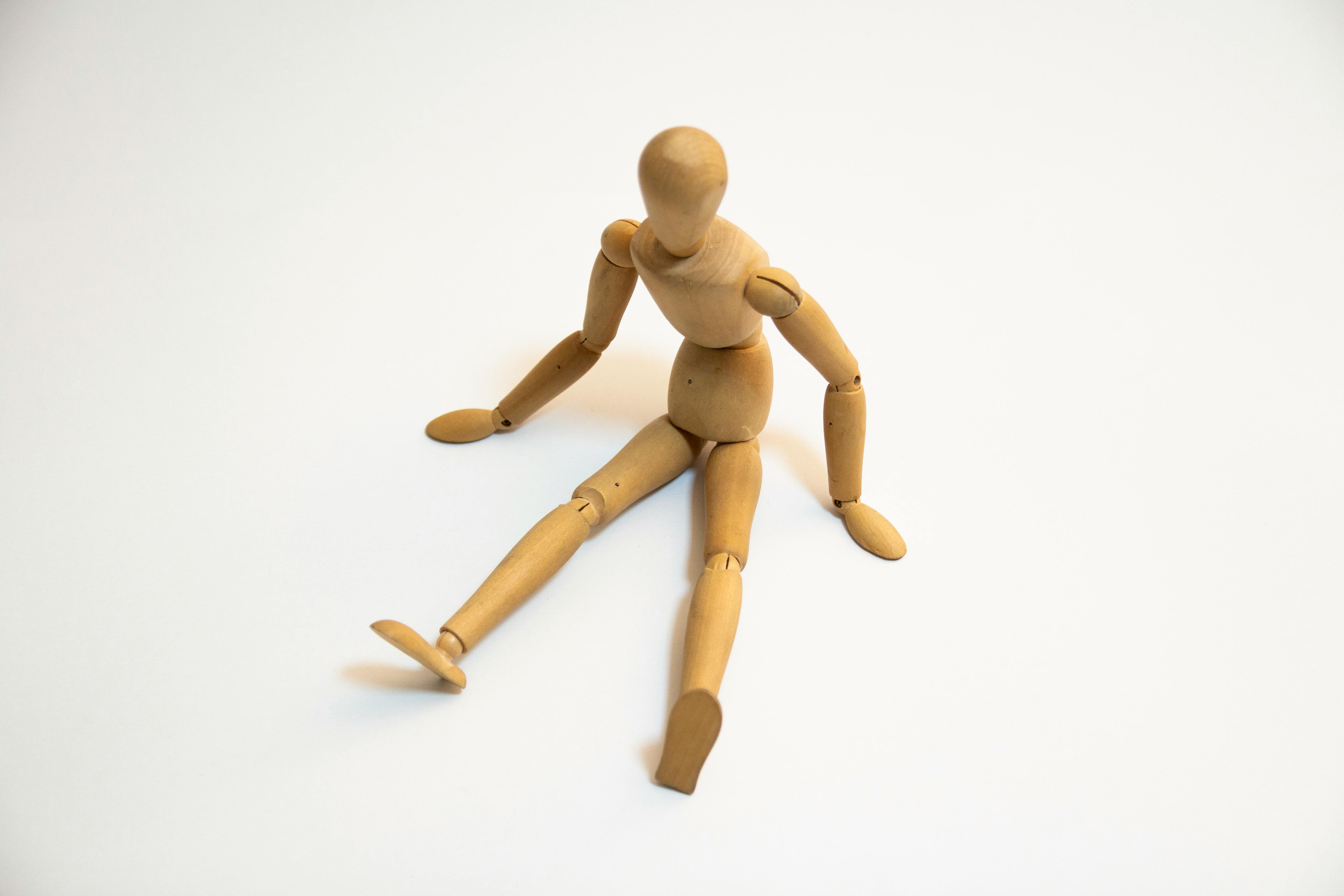By Diddier Plassard*
Debates on European cultural identity diverge into two opposing directions. The first debate, political and philosophical, sees cultural identity as a set of values “that give human beings their reasons for living and doing” (European Culture: Identity and Diversity, Council of Europe, 2005).
The second one, literary and artistic, emphasises the variety of local heritages and, paradoxically, considers the awareness of this diversity as the very mark of a supranational identity. In both cases, it doesn’t seem easy to reconcile the one and the many, what unites and what sets apart.
Whether excluded from the definition of identity or considered as the heart of it, Europe’s cultural heritage is viewed as a traditional, old-style museum: a collection of masterpieces enclosed in their frames or locked up in display cases.
Indeed, the construction of national identities has long leaned on canonical authors: Shakespeare in England, Goethe and Schiller in Germany, Dante in Italy, Molière in France, Cervantes in Spain, etc. It is difficult, therefore, to regard these figures as ‘protectors’ of a European identity, as they are the representatives of the numerous languages and states that make it up.
Yet, the history of art and literature shows how much Europe’s cultural heritage has been built on the circulation of models, techniques, artists, and stories. Reproduction, borrowing, adaptation, and translation are just some of the many channels through which a collective imagination grows and develops before finding its place in works of art.
A collective imagination
This collective imagination is much more than the sum of the Greek, Roman and Christian heritages, per Paul Valéry’s definition of European cultural identity a century ago. It has long fed on stories, legends, and heroes whose adventures were familiar to even the most remote audiences.
To determine this imagination’s historical and social roots, it is necessary to look beyond the established literary canons, the processes of publishing and translating, and towards popular cultural practices.
Puppet shows, one of Europe’s most widely spread forms of drama from the 17th to the mid-20th century, are particularly fertile ground in this respect. What stories did these shows tell? Where did they come from? How did they relate to the canonical works of national cultures?
With its digital platform that offers access to numerous resources (in progress – including a database, anthology, teaching resources, and scientific publications), the ERC PuppetPlays project allows interrogating these questions and discovering, for example, that the inhabitants of London, Naples or Paris all laughed at the same situations, that the same feats enthused spectators of Palermo or Liège, and that the same suffering moved audiences in Milan or Cologne.
It also reflects how shared references have cemented a collective memory despite linguistic and economic barriers. Originally, because puppeteers were travelling artists, the scenarios they invented circulated throughout Europe.
It is hardly surprising that the Italian Pulcinella, the French Polichinelle and the British Punch all succeeded in having the executioner hung in their stead or that Hanswurst in Vienna played with a living rabbit, Polichinelle with a cat, and Punch with a dog.
Then, borrowing from chapbooks to design more complex and spectacular plots, puppeteers performed, from one town to the next village, the edifying stories of Genevieve of Brabant, of the Prodigal Son, of Robert the Devil or Saint Anthony.
The themes of persecuted innocence, repentant or punished criminals, and justice miscarried and recovered ensured the success of their performances in all languages and among all strata of society.
Disseminating and reinventing stories
Puppet and marionette theatres also helped to bring the great theatrical repertoire, especially Shakespeare’s plays, to diverse audiences. As early as 1626, travelling English puppeteers were touring Germany to perform Hamlet, and hundreds of puppet variations on Romeo and Juliet, The Tempest, A Midsummer Night’s Dream, and Macbeth have been staged ever since.
Performing in theatres, fairground stalls, sparsely furnished cellars, aristocratic salons, or in the family circle as Goethe recounts in Wilhelm Meister, puppeteers took up the stories of Don Juan, Faust, Don Quixote, the Paladins of Charlemagne, and Alexandre Dumas’s and Jules Verne’s novels, and brought them across borders.
Their manuscripts, copied from one generation to the next, hold numerous surprises: in the small puppet booth he set up in a Bologna square around 1900, Angelo Cuccoli would play Sophocles’ Oedipus Rex with his glove puppets!

Given the intangible nature of cultural assets, they cannot be fixed; they transform, cross-fertilise and give birth to new works. The meaning of stories and the traits of heroes change with the times, the languages, the political contexts and the artists who make them their own:
For 19th-century German puppeteers, Don Juan was no longer a seducer but a parricide; In Italy, Arlecchino could play the part of Hamlet, while in France Guignol could disguise himself as Lohengrin or enlist as a soldier during WWI.
Even today, in an entirely new artistic language, puppeteers continue to draw from Europe’s literary heritage, from Homer to Jon Fosse, checking whether these works still have an impact on and a meaning to different audiences.
There is no contradiction between the acknowledgement of the diversity of national heritages and the affirmation of a shared cultural identity: they both are constructs of the imagination – mobile, porous and no doubt unstable by nature.
--
*Didier Plassard is a Professor in Theatre Studies at Université Paul-Valéry Montpellier 3 - PuppetPlays – Reappraising Western European repertoires for puppet and marionette theatres is a project funded by the European Union’s Horizon 2020 research and innovation programme under Grant Agreement ERC 835193
**The article was first published here under CC BY-NC-ND 4.0 - Photo by Paul Seling









